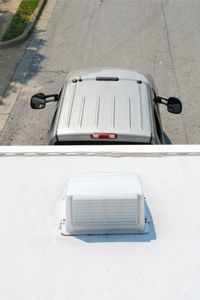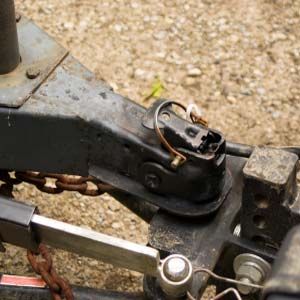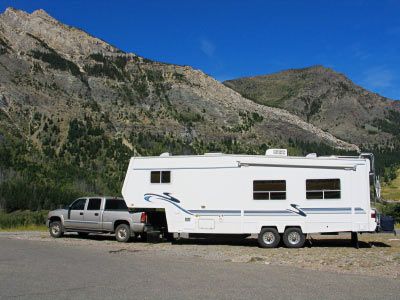No matter how clean you keep your home, it always feels good to open the windows and get some fresh air. With no ventilation, things can get a little stale. There's an endless variety of things that can make your home, well, let's just say not the most pleasant-smelling place on the block.
Suppose you own a medium-sized trailer -- it's like a miniature version of your home. You cook, clean, sleep and even bathe in there, so it only stands to reason that, as in your house, you'll need to get some fresh air flowing. The windows are good for that, but unfortunately, the times that you can actually use them are limited. When you're on the road, the highway-speed wind would tear the place apart, and you might risk water damage if it starts to rain.
Advertisement
Depending on what you cooked for dinner the night before or how much dirty laundry you've accumulated, opening a trailer door for the first time in several hours can be a sobering experience. This is especially true if the trailer is in a hot or humid environment. But what can you do? There are times when you simply have to button it up -- you have no other option, right?
The answer is trailer roof vents. Roof venting can provide improved airflow when the trailer is parked or while you're cruising down the highway. If you have the right accessories, they can remain open when you're towing during foul weather, too.
Trailer roof vents do exactly what the name implies -- they ventilate. A trailer roof vent resembles a hinged hatch that swings upward from the surface of the roof. The vent cover opens from the inside of the trailer, typically using a manual crank. However, a few of the more modern roof vents open electrically. Screen material covers the opening to prevent curious animals and bugs from finding their way into your trailer. A small electric fan keeps the air flowing, much like the ventilation fan in your bathroom.
Would trailer roof vents make a worthwhile addition to your trailer? Is it a good idea to tackle this project on your own, or should you leave it up to the professionals? You may want to read the next page before you decide.
Advertisement




